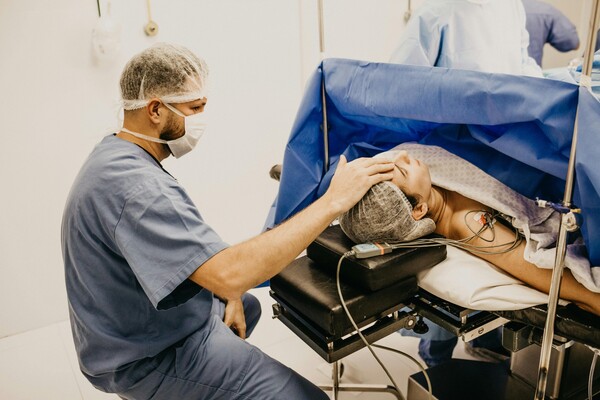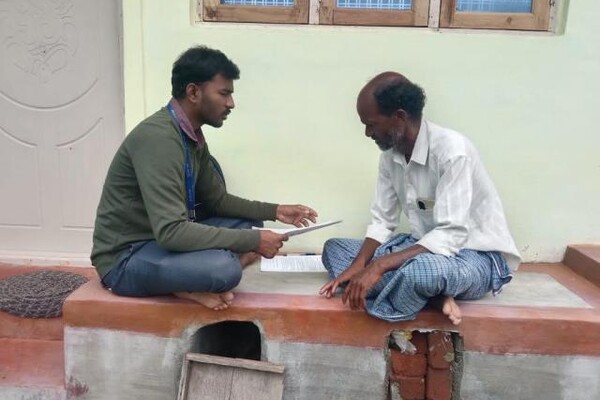Mobile Menu
- Education
- Research
-
Students
- High School Outreach
- Undergraduate & Beyond: Community of Support
- Current Students
- Faculty & Staff
- Alumni
- News & Events
- Giving
- About

Jay Shaw, assistant professor in Temerty Medicine's department of physical therapy, co-leads a team that was recently awarded more than $900,000 in funding over three years from the Canadian Institute for Advanced Research (CIFAR) to develop a novel framework for the responsible deployment of already-validated machine learning models to predict diabetes risk in Ontario’s Peel region, one of the largest and most diverse communities in Canada.
The AI for Diabetes Prediction & Prevention CIFAR Solution Network, co-directed by Shaw along with Laura Rosella, a professor at the Dalla Lana School of Public Health, has developed models that can help predict diabetes onset up to five years before a diagnosis. The models work on routinely collected data in the health system. Shaw says, “Our team developed and validated models that can predict diabetes incidence and complications in advance. These models have already been validated, meaning that their performance for accomplishing their goals of predicting diabetes onset and complications has already been established, allowing us to focus on how best to implement these models so that they are used effectively and responsibly.”
In this CIFAR-funded study, Shaw, Rosella, and their team will use these models to build a dashboard that can be used by health system decision-makers to plan health system interventions that will best address the diabetes-related prevention needs and bridge gaps in health equity by identifying high-risk populations.
An important consideration for choosing Peel region to deploy these models is that the burden of diabetes in the Peel region is high. According to a 2019 health status report from the Region of Peel, in 2015 the diabetes incidence rate was 1,192 per 100,000, an increase of 182 per cent since 1996. Additionally, Peel region has a diverse population where 51 per cent are immigrants and 62 per cent identify as a visible minority.
It is estimated that by 2030, nearly 14 million Canadians will have either diabetes or pre-diabetes. This is expected to cost our health systems almost $5 billion. The complexity of the disease progression and diagnostics, along with increasing health disparities based on socioeconomic factors, have led to worse rates and outcomes for marginalized populations.
This novel framework will help decision-makers better understand how they can responsibly use resources to improve prevention and diagnosis of the disease, and in turn, improve health outcomes for thousands of people in Peel region.

